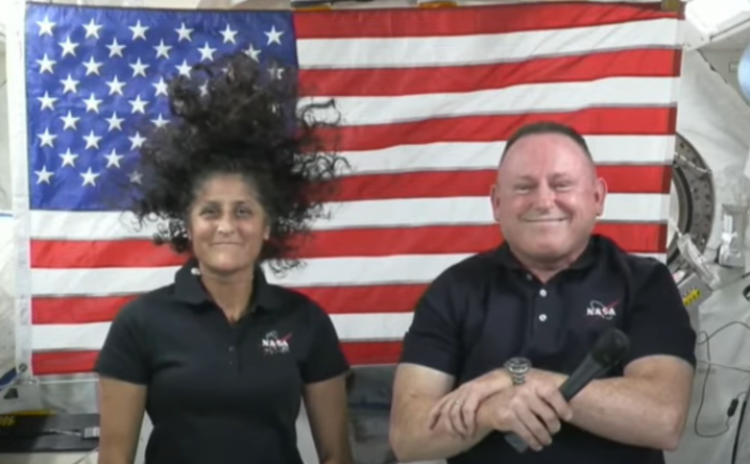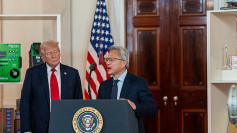NASA and Boeing provided updates on Thursday regarding the troubled Starliner spacecraft, which remains docked at the International Space Station (ISS) more than a month beyond its expected return date. Despite significant testing and troubleshooting, the timeline for the spacecraft's safe return to Earth with astronauts Sunita Williams and Butch Wilmore remains unclear.
The Starliner mission, initially planned for a short eight-day duration, has been extended significantly due to multiple technical issues. These problems include helium leaks and malfunctions with the thrusters. "I'm very confident that we have a good vehicle to return the crew in," said Mark Nappi, Boeing's commercial crew program vice president and program manager.
Steve Stich, NASA's commercial crew program manager, highlighted the advantage of having multiple spacecraft options for crew transportation. "The beauty of having Dragon and Starliner and two different diverse space transportation systems [is] we can kind of use those as backup someday," he noted.
The mission has now exceeded its original 45-day battery window, which expired last Sunday. NASA has since extended the battery waiver to 90 days, allowing for potential returns through early September. "We've now doubled that time to 90 days," Stich confirmed. "That's been approved into the system. So that gives us a life if we need it all the way out through, let's say, early September timeframe."
Engineers are conducting final tests to ensure a safe return. These tests include firing a spare thruster and investigating the causes of the helium leaks. "It's been exposed to NATO for quite a while. We took the hardware apart, and we found some pretty good degradation of the steels, which indicated that they have been exposed and degraded," Nappi explained.
During their extended stay on the ISS, Williams and Wilmore have been engaged in various tasks, such as practicing data and video transfer, charging battery systems, and manual flying simulations for re-entry. "We've had a lot of learning. I would say this mission has been great to prepare us for future, long-duration docked increments," said Stich.
The astronauts' return has been delayed due to a malfunction involving five of the Starliner's 28 reaction control system thrusters. These thrusters inexplicably shut down just before the capsule was about to dock with the ISS. Engineers managed to bring four of the five thrusters back online, but the incident necessitated further investigation before attempting the spacecraft's return to Earth.
This weekend, the team plans to fire the thrusters of the docked spacecraft to gather more data. An undocking review meeting to discuss these findings is likely to happen in the following days. "We think these findings are very significant and are likely the root cause," Nappi said, referring to the potential degradation of two internal seals within the thrusters.
Additionally, NASA and Boeing believe they understand the cause of the vehicle's helium leaks and are working towards a comprehensive solution. "We'll bring the complete story to the agency for the undock review sometime next week," Nappi stated, "and then we'll be ready to execute the last part of the mission."
If it is determined that Williams and Wilmore cannot return in Starliner, NASA has contingency plans in place, including the possibility of bringing them home in a SpaceX capsule. However, Stich emphasized the methodical approach being taken: "We're methodically working through the data, and we'll come home when we're ready."





